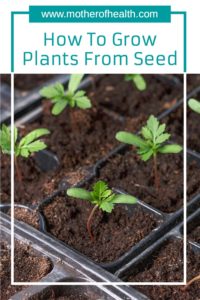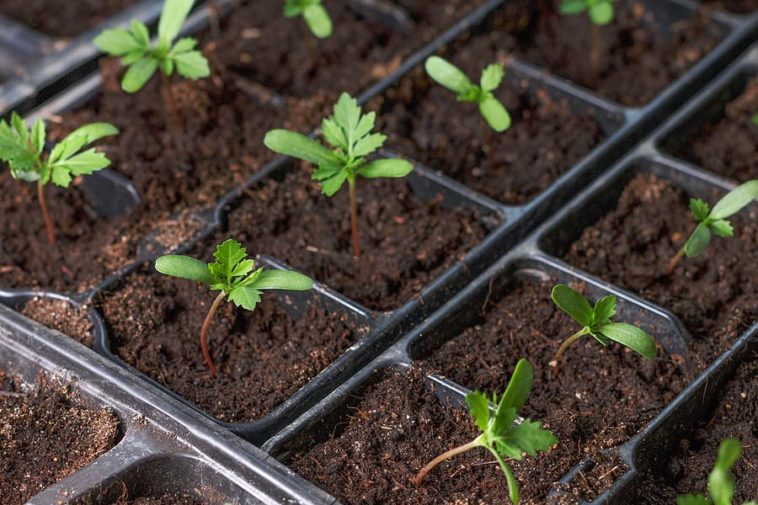Knowing how to grow plants from seed can be extremely rewarding. Watching your seeds grow into healthy plants that you can eat is one of life’s hidden treasures. In this article we will take a look at how to grow plants from seed so you can produce food you would otherwise buy at a grocery store.
Growing food from seed is a great way to get started gardening early on in the growing season.
If you are a beginner gardener, start small and with only a few varieties that are easy to cultivate. Keep it simple and you will have the greatest success. With the right light and some simple equipment, it's easy to grow from seed to harvest.
What is the best way to start plants from seeds?
Here are a few steps to make sure you get started correctly:
- Get the timing right
- Get the right containers
- Get your soil right
- Plant your seeds at the right depth
- Water
- Maintain consistent moisture
- Fertilize
- Keep the soil warm
- Seedlings need light
- Keep air circulating
- Harden off your seedlings
How To Grow Plants From Seed
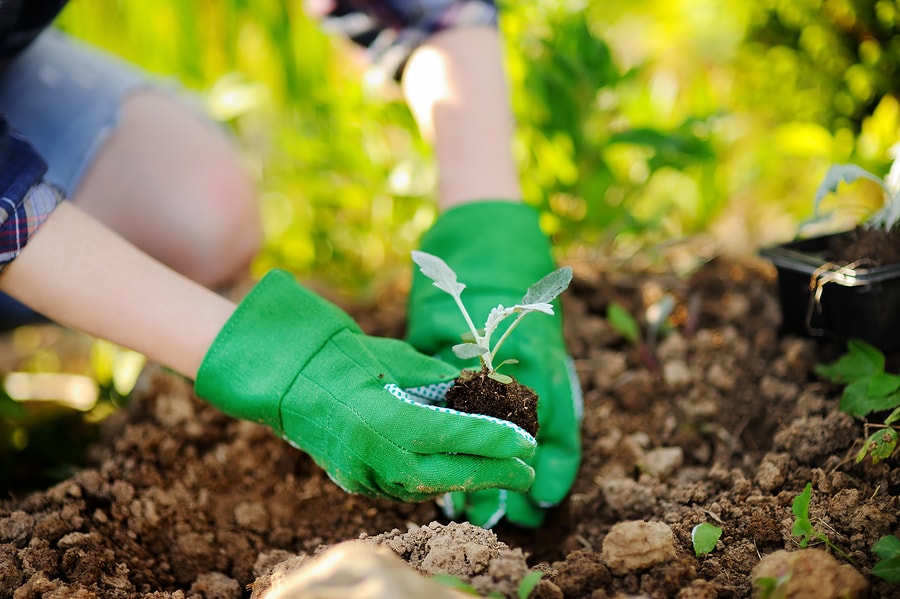
1. Get the timing right
Your main goal with planting seeds is to get the seedlings or plants ready to be transplanted outside once the weather is accommodating. Read your seed packet to make sure you know when you should start planting them inside and when they should be moved outside. This will differ depending on the area (gardening zone) you live in.
A typical rule of thumb is to start seeding 6-8 weeks before the last frost. Timing is important, but don’t fret if you start a little early. Keep your plants’ soil slightly moist and keep them warm and they will do just fine until it’s time for them to join the outside world.
Some plants such as beans and squash grow very fast, so there is no need to start them indoors. Read the package of seeds carefully to know which ones to start and which say direct sow which means to plant them directly outside.
2. Choose the right containers
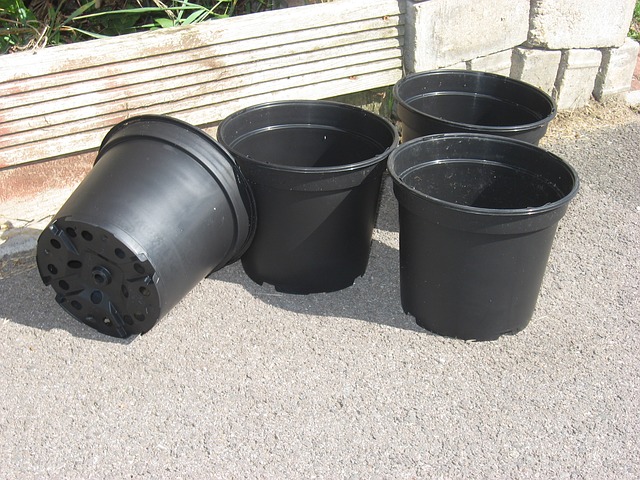
Choose a container that is at least 2-3 inches deep and about as wide. This will give you enough room to start your seeds without the worry of planting them too deep or too shallow.
Make sure to have a hole in the bottom for drainage. This is important to prevent overwatering and root rot.
3. Use high-quality soil
Soil composition is as important as watering and sunlight. Get a test kit from Amazon, have your local nursery test your soil, or go to your local extension office where most of them will test it for free.
It is not recommended to reuse potting soil from your houseplants when growing plants from seeds. You also shouldn’t use soil from your garden, unless it’s fresh soil you mixed yourself and haven’t planted anything else in yet.
It is best to start with a fresh, sterile soil mix. Doing this ensures healthy, disease-free seedlings. Most potting mixes have little to no nutrients in them. I know the bag says it will feed your plants for up to 6 months, but to ensure you get the healthiest plants, add your own liquid fertilizer a few weeks after the seedlings have sprouted.
Before you start putting the soil into the container make sure you get the soil moist. You do not want the soil dripping wet or the consistency of mud. You just want the soil to be slightly moist. This makes sure that the seeds have moisture right off the bat and it helps them to germinate. Moist soil also helps to nourish seedlings as they do not have their own established root system yet.
4. Plant at the correct seed depth
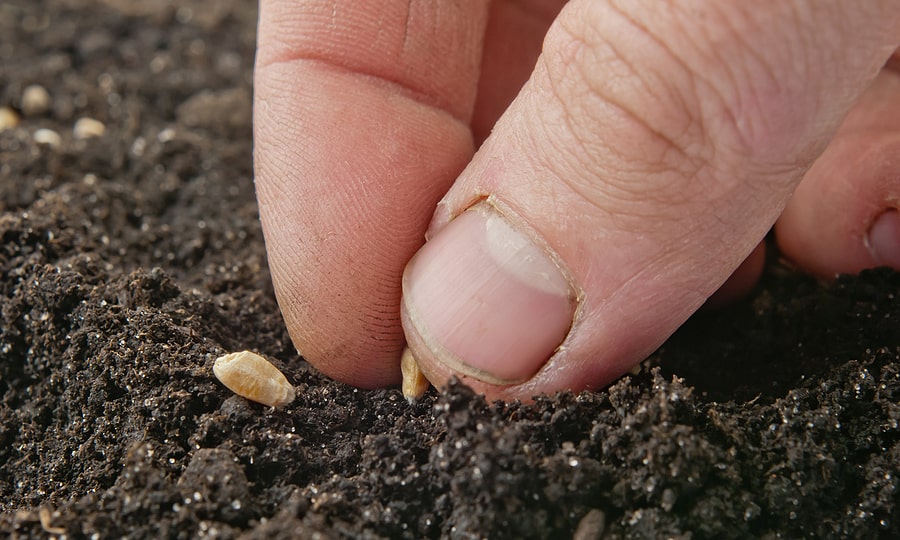
Planting seeds is one of the many joys of gardening. I really love planting seeds and have made many mistakes through the years. I’m going to let you in on a little secret for how to get the perfect depth every single time. This is based on many many years of trial and error.
The general rule is to plant the seed twice the depth as it is long. Now, what does that mean? Let’s make this easier to understand. Measure your seeds and multiply by 2. If your seed is ⅛ of an inch, you will plant it ¼ of an inch deep. Easy right? I usually plant the majority of my seeds about ¼ inch deep as this seems to be the sweet spot for germination for most seeds.
5. Watering the seeds just right
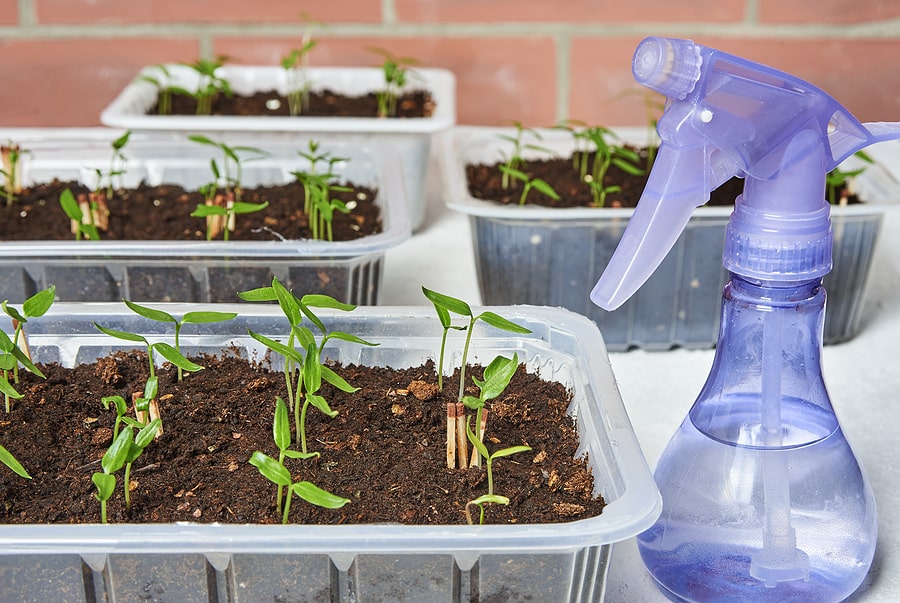
Water is essential for seeds and plants to grow. You do not want to over or underwater your seeds as this will prevent them from germinating. Start with moist soil and water at least once a day. If you live in a drier climate, you may need to water twice a day. Check your soil to see if it is dry to the touch. If it is, add a little water.
6. Maintain consistent moisture
I recommend using a seed starting container with a lid that will create high humidity. This is the ideal environment for starting your seeds. This is by far the easiest way I have found to achieve a high humidity environment. Another great method is to place your seeds between two wet paper towels and place them in a sealed plastic container with a lid.
7. Keep the temperature of soil warm to germinate
Most seeds germinate at temperatures between 68° F and 86°F. Once your seeds have sprouted, keep them around 75°F. This will ensure that they remain healthy and continue to grow.
8. Fertilizing seeds
While your seeds do not normally need fertilizer once they sprout and become seedlings, a weekly fertilizer may be needed to help them grow a strong, healthy root system. Looking at the package your seeds came in or a quick Google search will help you to understand the specific needs of your seeds.
9. Give seedlings enough light
Some seeds germinate better in the dark and some need a moderate amount of light to start the germination process. Reading your seed package will let you know what your seeds need.
Once they have sprouted, all seedlings need light. I move my seedlings outside during the daylight hours as long as it is warm enough to do so and bring them in at night. This has the effect of providing them with the light they need to grow and it hardens them off. We will get into hardening them off in a bit.
10. Circulate the air for seeds to grow
Yes! Seeds and plants need air to grow and thrive. Adding a fan to your set-up will help the air to circulate more and can also prevent a seedling disease called damping-off. Keeping the air around your seedlings moving will help them thrive and become healthy hearty plants.
11. Harden off seedlings before planting outdoors
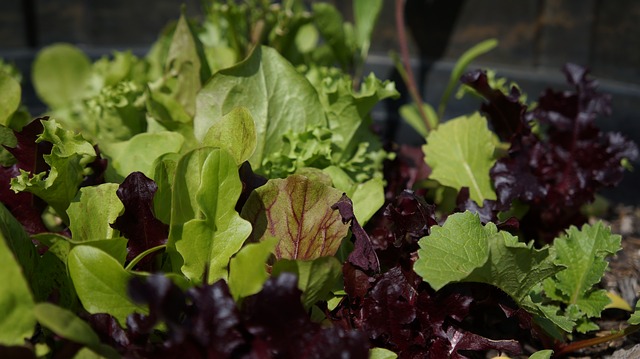
Hardening off your seedlings means getting them ready to plant outside. Start by taking your seedlings outside for an hour the first day and add an hour each day for seven days. This will get them used to the environment they will be growing in. After a week, they will have been outside for 7 hours at a time, and now should be ready to transplant to their permanent location.
During the first few days, provide your seedlings shelter when they are outside. Avoid direct sunlight and windy conditions. Allow them time to strengthen and become accustomed to the outdoors.
Is it difficult to grow plants from seeds?
No, it is not difficult to grow plants from seeds, but it does require some preparation and a little care and patience. With these preps in place, you will have healthy, hearty seedlings in no time.
